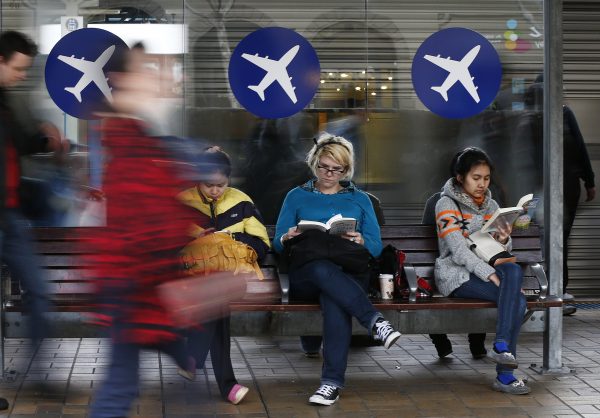The populations of most of these nations are projected to both age faster than Australia and to shrink as deaths gradually exceed births for the foreseeable future. According to UN population projections, the median age of all developed nations is now well past the sweet spot of 25–35 and over the next decade or two, most will approach a median age of 45–50 and beyond. Ageing and shrinking populations will slow economic growth, not least by putting downward pressure on participation rates and productivity.
Australian treasurers have been slow to recognise the impact of ageing on productivity. In his 2002 and 2007 Intergenerational Reports, former treasurer Peter Costello identified many negative impacts of population ageing but insisted that there would be no impact on productivity, which he assumed would remain at the 30-year average of 1.75 per cent per annum.
In 2010, former treasurer Wayne Swan pulled this back to 1.6 per cent per annum while, during their respective terms as treasurers, Joe Hockey in 2015 and Josh Frydenberg in 2021 assumed Australia could achieve long-term productivity growth of 1.5 per cent per annum.
Current Treasurer Jim Chalmers has forecast a productivity growth rate of 1.2 per cent per annum in his forthcoming Intergenerational Report in 2023. But without major structural reform, even this is likely to be highly optimistic given the experiences of nations further down the ageing path.
Population ageing will intensify the global competition for young, skilled migrants, so the design of immigration policy will be crucial. Australia attracts skilled migrants in three main ways: a points system for independent migrants, nominations by state governments and employer-sponsored migration. The ideal means of selecting skilled migrants is through well-designed employer-sponsored visas.
In 2017–18, former immigration minister Peter Dutton significantly tightened employer-sponsored visas. He dramatically increased the cost of these visas, reduced the number of eligible occupations and introduced a range of unnecessary bureaucratic requirements. This made it much more difficult for regional employers to sponsor skilled workers, reduced pathways to permanent residency — leaving many in immigration limbo — and increased the power of employers over the temporary entrants they sponsored.
The Albanese government announced at the Jobs Summit in 2022 that it would reverse these changes and adopt measures to better protect migrant workers from exploitation and abuse. Reform of employer-sponsored visas is urgently needed to ensure Australian employers are competitive in the international skills marketplace.
The government has significantly increased places for state government-nominated visas. But state governments are finding it difficult to attract enough applicants with targeted skills, particularly in areas such as health, education, information and communication technology and traditional construction trades.
Migrants will fill the visa places that states have been allocated but will not be able to meet the long-term demand for key skills. Even with the significant increase in university and TAFE funding announced by the Albanese government, there will remain a shortage in these key areas.
To meet the shortfall, skilled migration policy also requires the better design of student visas. Policies must be introduced to encourage overseas students to undertake high-quality courses in areas of high long-term demand, efficiently recognise qualifications and clear pathways to a skilled job and permanent residency. Australia’s current arrangements are opaque and encourage students more interested in low-quality courses and working rights. The long-term effect of this will leave even more students in immigration limbo.
Finally, it appears Australia is now committed to using guest worker arrangements to deal with shortages of low-skill and low-pay labour in areas such as farm work. That has traditionally been anathema to Australian policymakers as it requires recognition that there are some jobs Australians simply will not do at current wage levels. As Australia is now locked into this path — despite government statements to the contrary — the stronger protections for these workers from exploitation announced as part of the Jobs Summit will be crucial.
It will also be essential that these workers have a pathway, through training and skilled work, to permanent residency. Neither the visa lottery, as suggested by some academics, nor leaving these workers in low-skill and low-pay jobs for the rest of their lives would be good policy.
Abul Rizvi holds a PhD in Immigration Policy from the University of Melbourne. He was a senior official in the Department of Immigration from the early 1990s to 2007.


This article is all about human population, but humans live in a natural environment and need the natural environment to survive. However, Australia’s natural environment is deteriorating at record levels and not capable of accommodating increased migration. At least that should have been acknowledged by the author.
We have to make a case for de-growing the population in order to save other life forms that can still be saved.